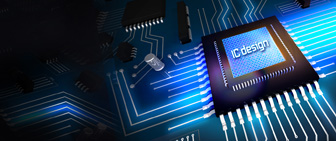After months of sluggish demand and weakened pricing, the NOR Flash memory market appears poised for a significant turnaround, particularly in China, where suppliers have already begun raising prices by 5% to 10% starting in the third quarter. Industry sources suggest this could mark the beginning of a broader trend, with expectations that prices will rise across global markets in the fourth quarter, potentially by double-digit percentages.
Industry analysts say Samsung could start supplying 12-layer HBM3E to Nvidia in the fourth quarter of 2025. But shipments for Nvidia's flagship Blackwell processors are projected to make up less than 10% of the total. SK Hynix and Micron have already won certification for 12-layer HBM3E and remain well ahead. Samsung cleared certification for its 8-layer version in the second quarter of 2025, roughly a year after SK Hynix, and is now trying to close the gap.
Like advanced AI processors, high-bandwidth memory (HBM) has been a target of US export curbs under former President Joe Biden. HBM capacity and bandwidth shape the speed and efficiency of AI training and inference. From Nvidia's H100 to the GB200, HBM capacity has grown 2.4 times and bandwidth 2.6 times. Despite that, China still lacks self-developed HBM and cutting-edge AI chips, which have been left exposed to Washington's pressure points.
Samsung Electronics is intensifying its bid to break into Nvidia's high-bandwidth memory (HBM) supply chain after lagging behind SK Hynix and Micron, which already dominate shipments to the world's most important AI chipmaker.


